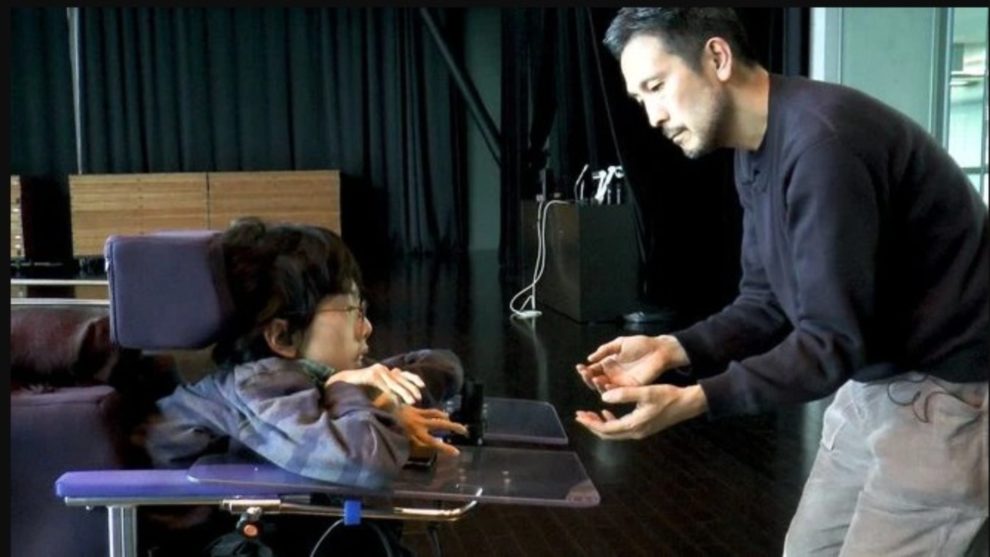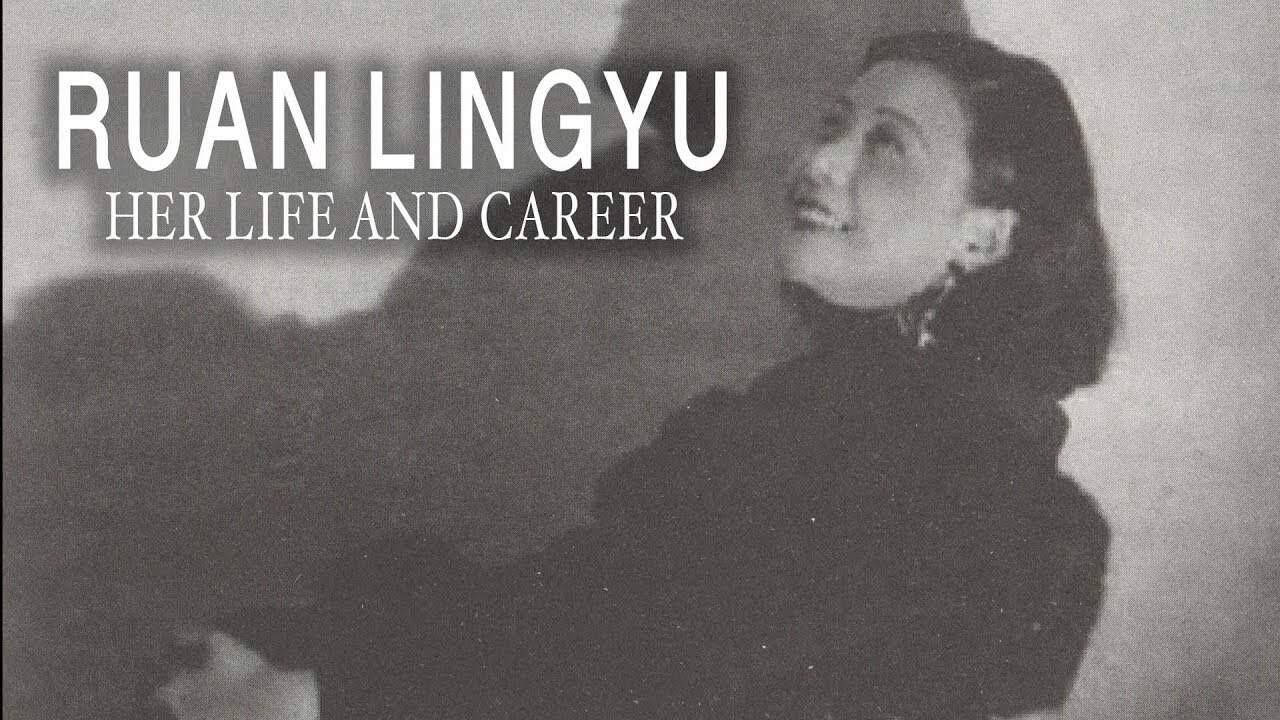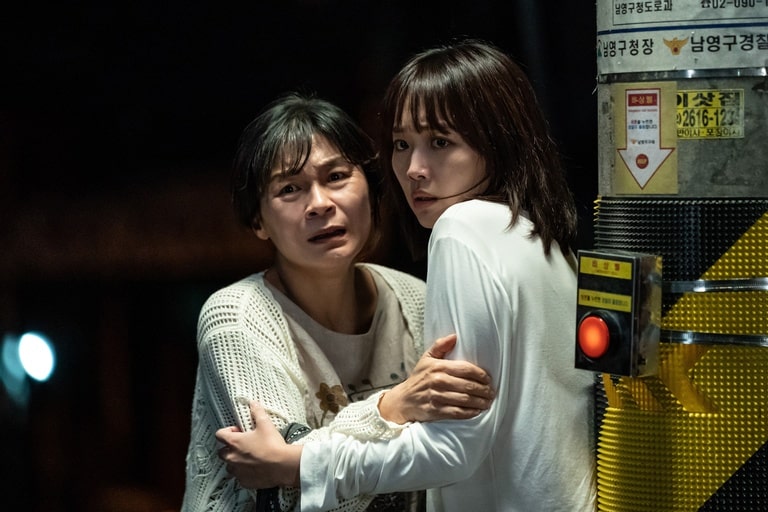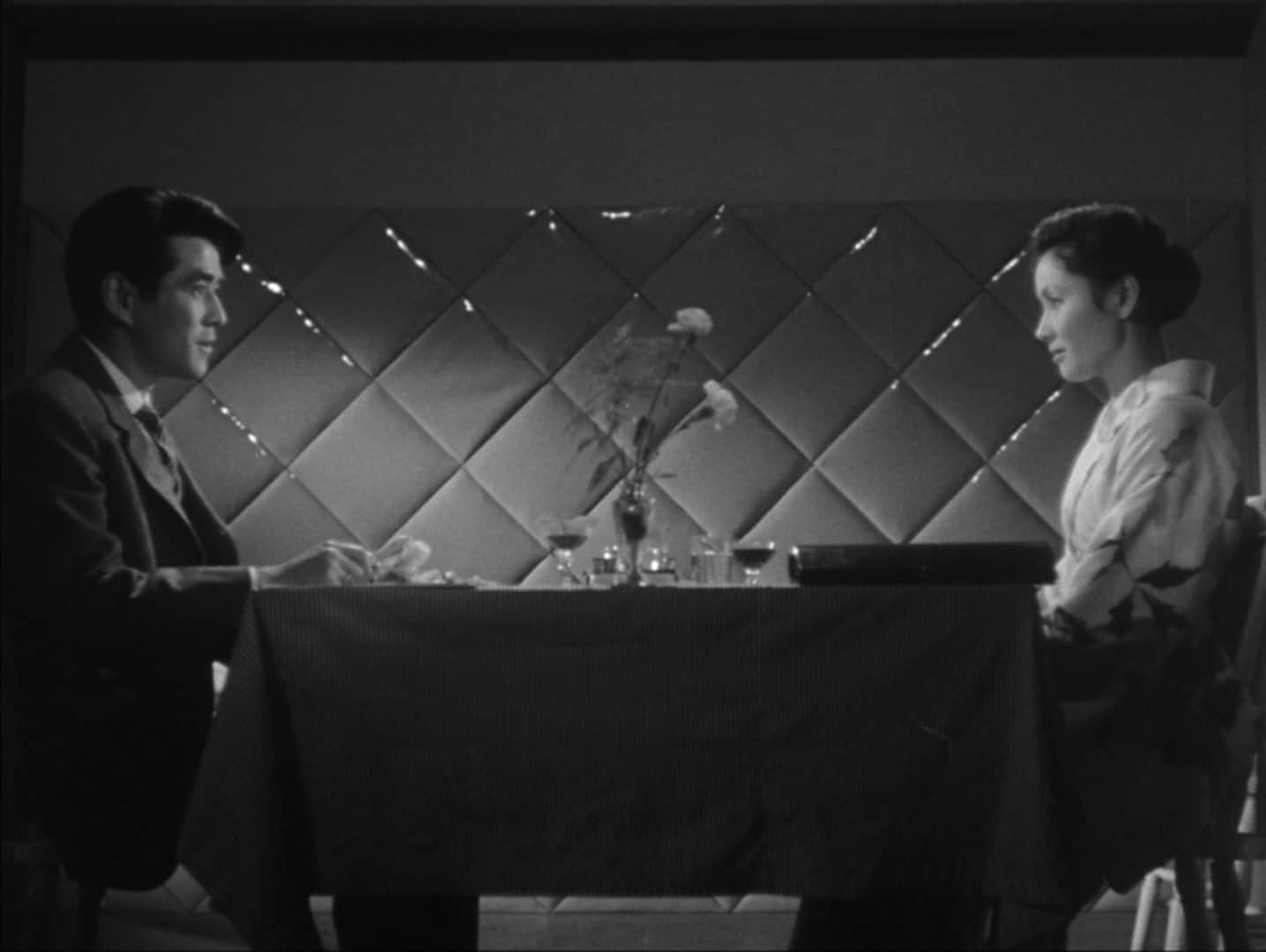Documentaries about people with extreme moving disabilities are not exactly a norm in the industry, and even more, ones that are directed by people with these disabilities are even less, if any. Tomoya Ishida, himself strained on a wheelchair, made this film as his graduation project, after attending a video production seminar at Rikkyo University, focusing on the ways “disabled people change their bodies and minds by participating in artistic activities”. His production team consisted of three people, him as the director, Megumi Honda as the cinematographer and Riho Fujiwara who was in charge of sound. The three of them recorded about 100 hours of footage, with Ishida editing the material for about two years. The result was triumphant, as the film won the Grand Prize at PIA Film Festival.
“Transform!” screened at the 42nd PIA Film Festival and will be released in Japan, on June 19. You can check the official website for more info.

The focus initially is interviewing choreographer Osamu Jareo, a director of dance theater which includes disabled people, a man who seems fascinated by the unique ways these people move their hand in particular. The interviews continue with a blind women who also participates in stage plays, and a number of other people who work with people with disabilities, while the focus eventually changes to their ways of expression, including the JSA (Japanese Sign Language). Ishida majored in body expression and cinematic arts at the university, and his academic supervisor was film director Makoto Shinozaki, who also features in “Transform”, which also includes some segments of his movie. One of the most amusing and interesting moments in the film comes when the camerawoman also discusses her experience working with Ishida, while after a point, the documentary begins to focus much on himself and the visually impaired woman.
One of the best assets of the movie is actually hearing Ishida and this woman speak, being quite eloquent, and exhibiting a rather intense level of thinking, both about themselves and the way the people interact and react around them. As Ishida says, “My only handicap could be no experience in making a film, making it difficult for me to handle the equipment, I didn't have any difficulty in communicating, and I didn't have any disadvantage in directing the film”, with this phrase actually synopsizing the essence of the documentary, which focuses on what people with disabilities can actually do, and not their limitations.
The way performance arts can help in that regard and in another very important aspect, of allowing people with disabilities to interact with the audience and essentially, “force” both sides to get used to the presence of each other, forms another central element of the movie. The scenes where Ishida and the visually impaired woman perform are definitely among the most memorable here. At the same time though, the documentary does not shy away from the difficulties Ishida and other people with similar issues face, with both of the “protagonists” of the film being quite open and eloquent about them, and Ishida explaining his “trip” towards the realization that he was different. A scene that shows the procedure he has to follow to operate an elevator stresses this fact, but at the same time, also shows that he manages quite well, even with his limitations.
“Transform” is a triumph of a documentary, a film that shows a very interesting aspect of people with disabilities, that of the ways they can overcome their problems through performance arts, and in general, a rather sincere portrait of disability in contemporary Japan.















